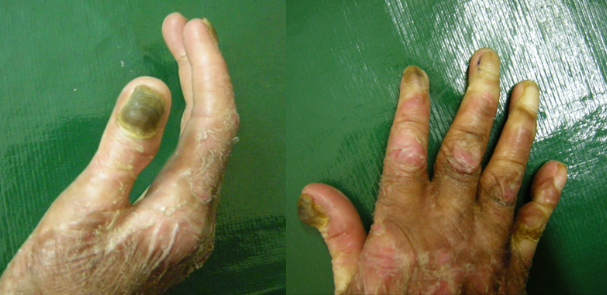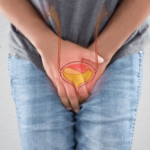Dystrophic Epidermolysis Bullosa (DEB) is a rare, inherited skin disorder characterized by extreme fragility of the skin and mucous membranes, leading to blister formation and scarring. This condition arises from mutations in the COL7A1 gene, which encodes type VII collagen—a crucial protein for anchoring the epidermis to the dermis. The absence or dysfunction of this protein results in layers of skin that separate easily, even with minor trauma.

Classification of Dystrophic Epidermolysis Bullosa
DEB is primarily categorized based on its inheritance pattern:
Dominant Dystrophic Epidermolysis Bullosa (DDEB)
DDEB follows an autosomal dominant inheritance pattern, meaning a single copy of the mutated gene can cause the disorder. Individuals with DDEB often experience:
- Blistering: Typically localized to areas subjected to trauma, such as hands, feet, elbows, and knees.
- Nail Dystrophy: Thickened or absent nails.
- Milia Formation: Small, white cysts that develop on scarred areas.
While DDEB can present at birth, blistering may become more apparent as the child grows and becomes more active.
Recessive Dystrophic Epidermolysis Bullosa (RDEB)
RDEB is inherited in an autosomal recessive manner, requiring two copies of the mutated gene for the disorder to manifest. RDEB is generally more severe than DDEB and is further subdivided into:
- Generalized Severe RDEB (formerly Hallopeau-Siemens type): Characterized by widespread blistering from birth, leading to significant scarring, fusion of fingers and toes (pseudosyndactyly), and an increased risk of aggressive squamous cell carcinoma.
- Generalized Intermediate RDEB (formerly non-Hallopeau-Siemens type): Features milder blistering with less pronounced scarring and a lower risk of severe complications.
Pathophysiology
The COL7A1 gene mutation in DEB leads to defects in type VII collagen, essential for forming anchoring fibrils that secure the epidermis to the dermis. Deficient or dysfunctional type VII collagen results in weakened dermal-epidermal cohesion, causing the skin to blister and scar easily upon minimal trauma.
Clinical Features
The manifestations of DEB vary based on the subtype and severity but commonly include:
- Skin Blistering: Blisters form in response to minor injuries, predominantly on hands, feet, knees, and elbows.
- Scarring and Milia: Healing blisters often leave scars and may develop milia.
- Nail Abnormalities: Nails may be thickened, malformed, or entirely absent.
- Mucosal Involvement: Blistering can affect the oral cavity, esophagus, and other mucous membranes, leading to difficulties in feeding and swallowing.
- Pseudosyndactyly: Repeated blistering and scarring can cause fusion of fingers and toes, impairing function.
Diagnosis
Diagnosing DEB involves a combination of clinical evaluation and specialized tests:
- Clinical Examination: Assessment of skin lesions, scarring patterns, and family history.
- Skin Biopsy: Performed to observe the level of skin separation and to conduct immunofluorescence mapping, identifying specific protein deficiencies.
- Genetic Testing: Definitive diagnosis is achieved by identifying mutations in the COL7A1 gene through molecular genetic testing.
Management and Treatment
Currently, there is no cure for DEB; management focuses on alleviating symptoms and preventing complications:
- Wound Care: Regular cleaning and dressing of blisters to prevent infection and promote healing.
- Pain Management: Utilization of analgesics to manage chronic pain associated with blistering and dressing changes.
- Nutritional Support: Ensuring adequate nutrition, especially if oral intake is compromised due to mucosal involvement.
- Surgical Interventions: Procedures to release finger and toe contractures or esophageal strictures when necessary.
- Monitoring for Skin Cancer: Regular dermatological assessments to detect early signs of squamous cell carcinoma, particularly in individuals with severe RDEB.
Recent advancements have introduced potential therapies:
Support and Resources
Living with DEB requires comprehensive care and support. Organizations such as DEBRA (Dystrophic Epidermolysis Bullosa Research Association) provide resources, support networks, and advocate for research to find a cure. Engaging with such organizations can offer emotional support and practical guidance for patients and families navigating the challenges of DEB.

